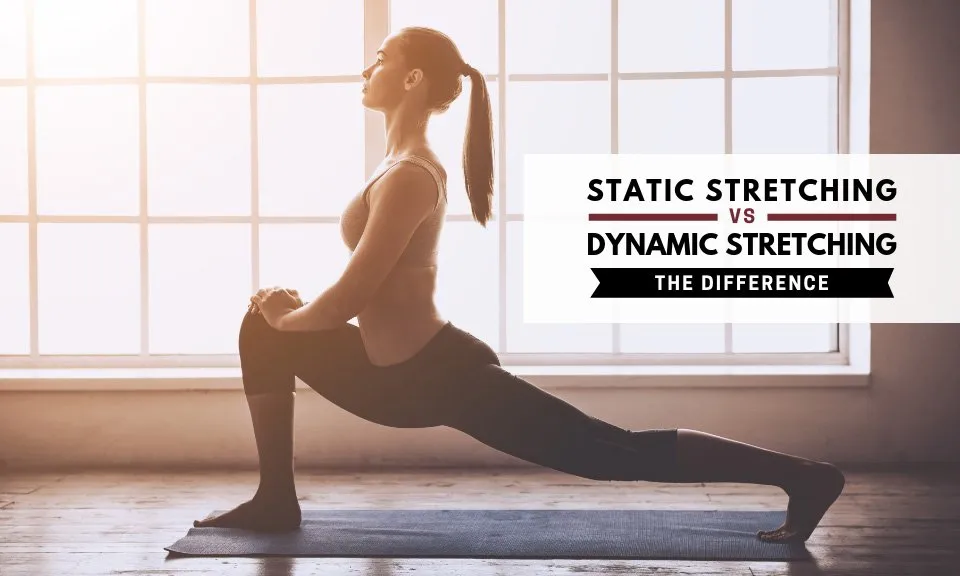Although often overlooked, stretching is an important part of fitness. Not only does it help decrease one’s risk of injury, but it can also improve circulation, range of motion, and posture. The two main types of stretching are static and dynamic. Individuals should practice both regularly to achieve the many benefits that stretching can offer. To learn more about these two types of stretching and the differences between them, here is a guide to static stretching vs. dynamic stretching.
Static stretching
Static stretching involves gradually elongating a muscle until you experience a pulling sensation. You then hold that position for a short duration of time before relaxing.
- Benefits of static stretching: Static stretches help ease muscle tension, improve blood flow, and, of course, improve flexibility. As a result, your body will be able to recover quicker from the strain placed on them from physical exercise.
- When to do static stretches: Static stretching is most effective when performed after a workout when the muscles are already warm. During this time, such stretches help to loosen the muscles and signal to your body that the workout is complete. Because they help initiate a “cool down” effect on the body, avoid practicing them before a workout.
- Examples of static stretching:
- Sit-and-reach
- Cross-body shoulder stretch
- Reclined spinal twist
Dynamic stretching
Dynamic stretching involves stretching joints and muscles through their full range of motion. Unlike static stretching, these stretches don’t involve holding a single poison and, instead, are active movements.
- Benefits of dynamic stretching: The main benefit of dynamic stretching is that it helps warm-up your muscles and prepare them for exercise. By making them more pliable, it less likely that you will pull, strain, or tear a muscle when engaging in physical activity. Dynamic stretching also increases range of motion and improves balance and coordination.
- When to do dynamic stretches: Dynamic stretches are most beneficial when completed before a workout. They help the muscles warm-up and prepare them for physical activity.
- Examples of dynamic stretching:
- Leg swings
- Walking lunges
- Caterpillar stretches
To determine the fitness routine that is right for your body, Libertyville Wellness Center offers many programs. Our services suit everyone—from those in the process of healing an injury to individuals seeking to increase their flexibility and mobility. Our individualized treatment programs and skilled chiropractors in Grayslake can guide you on the path toward living your best life. To begin your journey, contact us today.




